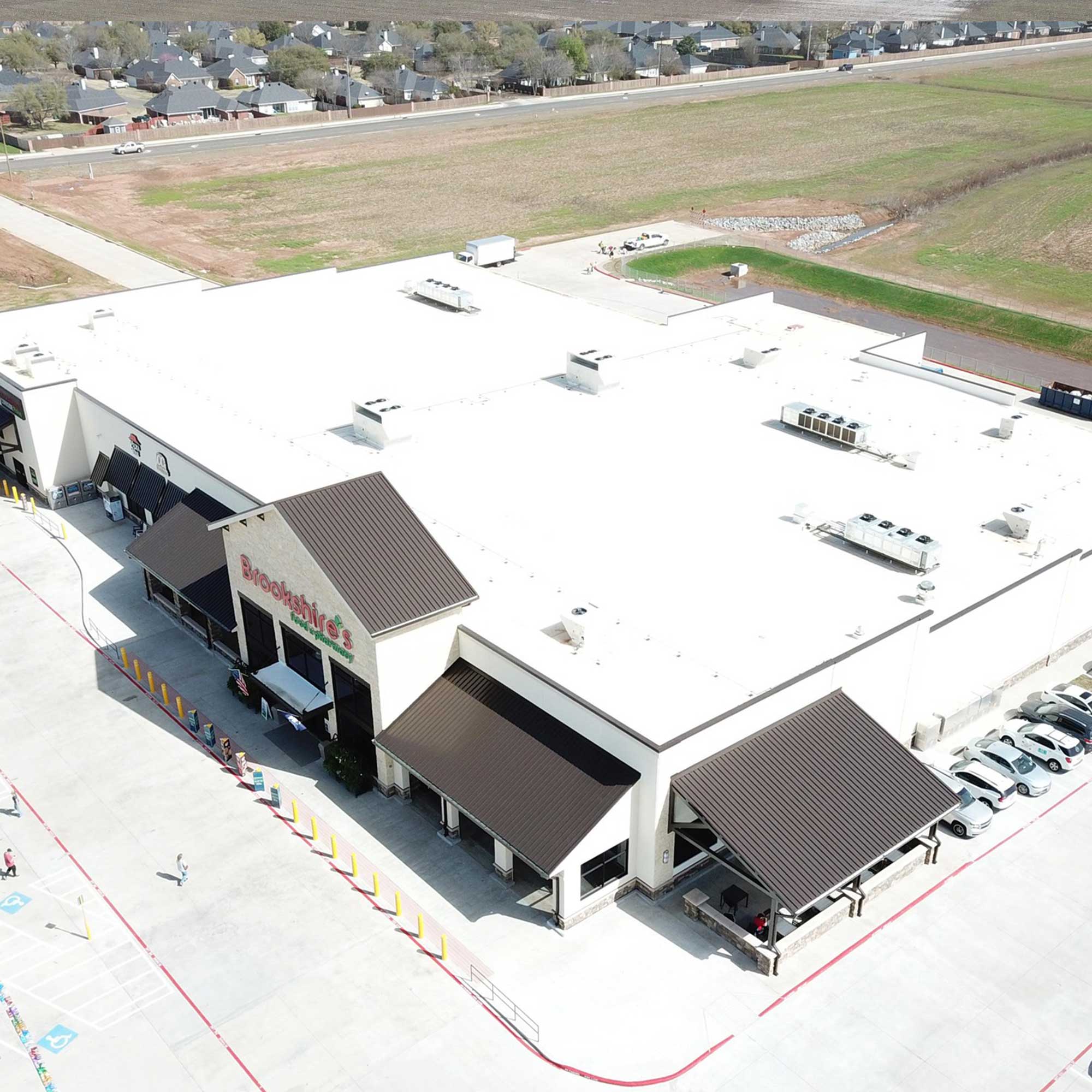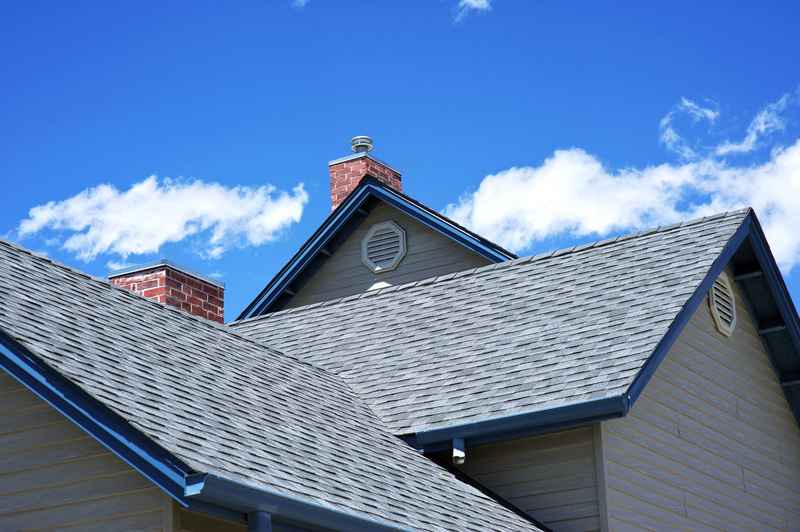You might not daydream about roof inspections, but they’re more vital than you think. Whether you’re sipping espresso under the Eiffel Tower or managing a cozy office building in downtown Paris, knowing when to inspect a roof can save you from unexpected headaches—and expenses. This post dives into why roof inspections are essential, how often they should be done, and what exactly happens during one. Plus, we’ll throw in some tips to keep your home standing strong against the elements.
The Importance of Roof Inspections
Picture this: a surprise rainstorm hits Paris, and suddenly your ceiling resembles a water park. Not fun, right? Regular roof inspections help prevent such nightmares by catching small issues before they swell into major problems. A well-maintained roof shields you from leaks, mold, and structural damage, ensuring your property remains cozy and dry.
Your roof is exposed to all kinds of weather—rain, snow, wind, and sun—each taking its toll over time. Regular inspections help assess wear and tear, extending the lifespan of your roof. By spotting weak points early, you avoid costly repairs or even a full roof replacement.
Besides physical damage, inspections also help maintain energy efficiency. A compromised roof can lead to heat loss in the winter and heat gain in the summer, spiking your energy bills. Regular check-ups keep everything in tip-top shape, easing the load on your heating and cooling systems.
How Often Should You Have Your Roof Inspected?
Now, let’s get down to brass tacks. When should you inspect a roof? Generally, experts recommend checking your roof twice a year—once in spring and again in fall. These seasons offer the ideal conditions to spot any winter damage or prep for upcoming weather challenges.
But hold on—there are exceptions to every rule. If you’ve recently faced a severe storm or suspect damage, it’s wise to schedule an extra inspection. Also, if your roof is aging (over 20 years old) or you’ve had recent repairs, extra vigilance is necessary.
Don’t forget about special circumstances, like tree branches hanging precariously over your shingles or pesky critters setting up camp. In such cases, more frequent inspections might save you from sudden surprises.
The Steps of a Roofing Inspection
Now that you know when to inspect a roof, you might wonder what actually goes on during an inspection. Fear not—I’ll break it down for you.
First, a professional will perform an external examination to check for visible damage. They’ll look for cracked, missing, or curling shingles and investigate the condition of gutters and downspouts.
Next comes the internal inspection. This involves looking inside your attic for water stains, mold, or any signs of leaks. The inspector will also assess your insulation and ventilation, ensuring everything functions smoothly.
Finally, the inspector will provide a detailed report with findings and recommendations. This roadmap helps you address existing issues and plan for future maintenance, keeping your roof healthy and functional.
Ready to Get Your Roof Inspected?
If you’re in Paris or anywhere else, keeping your roof in top shape is crucial. Don’t wait for a drip to become a downpour—schedule your inspection with Project One Roofing today. You’ll thank yourself next time the rain pours, and your ceiling stays blissfully dry.




